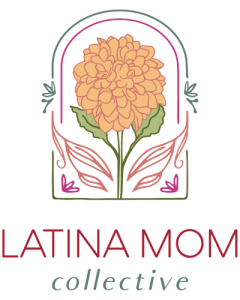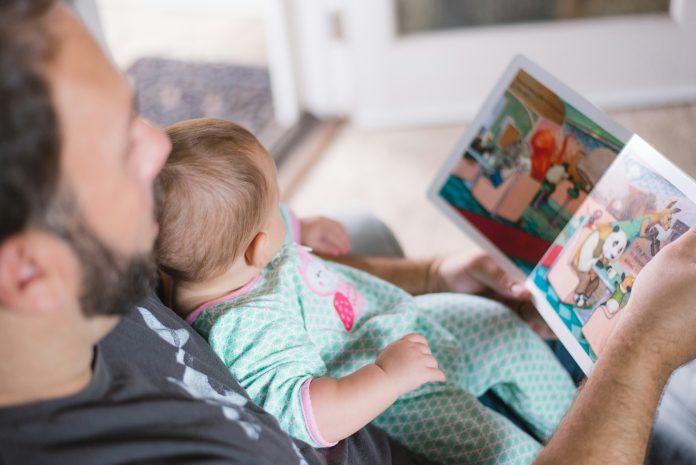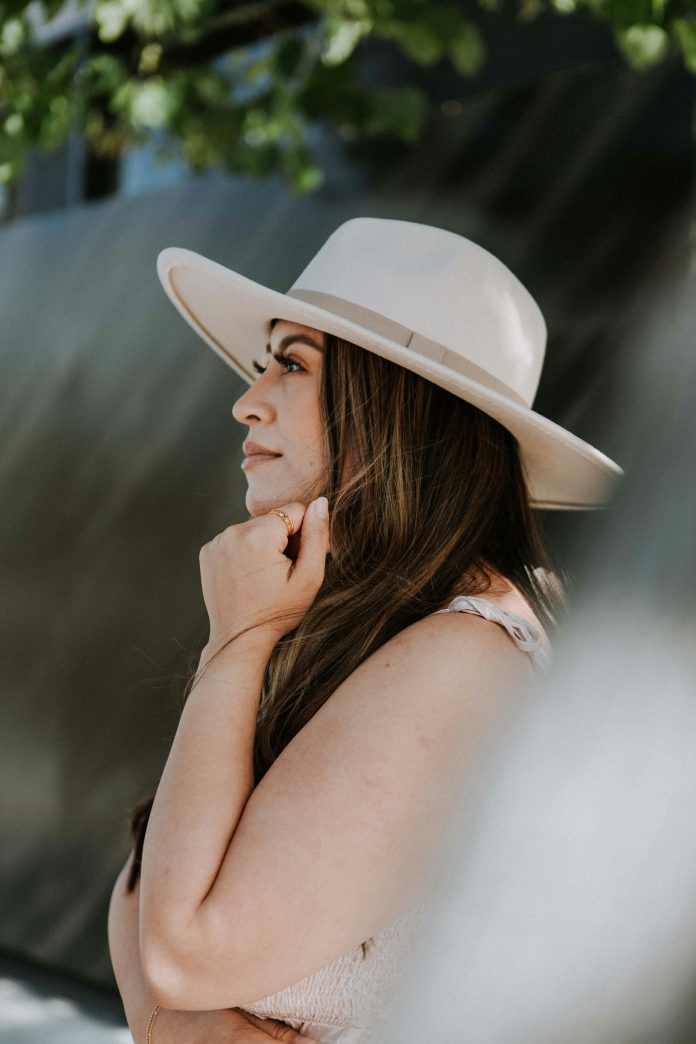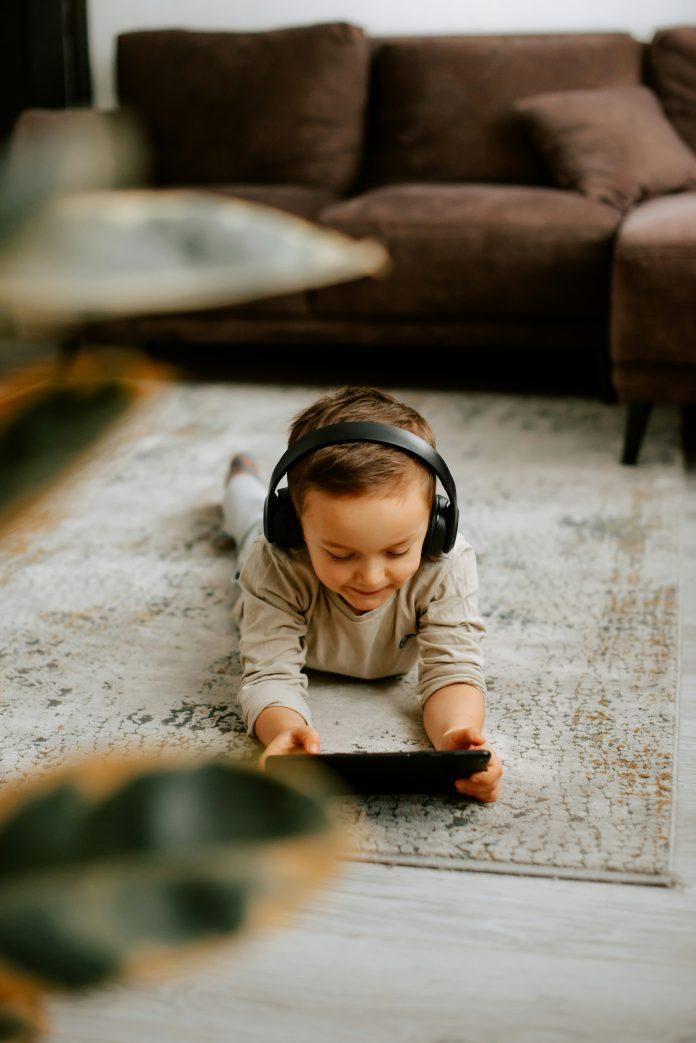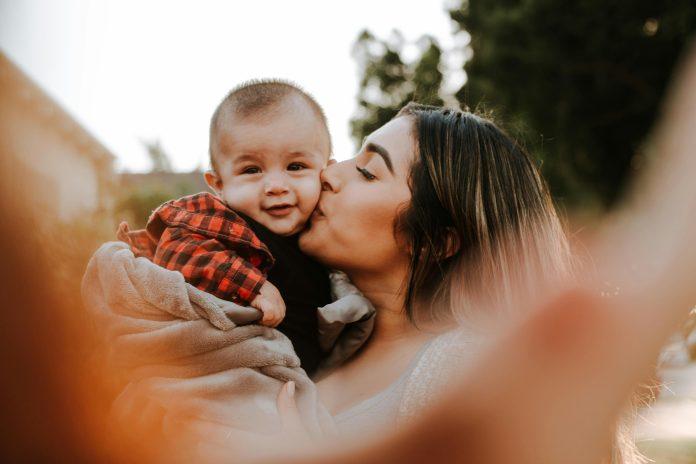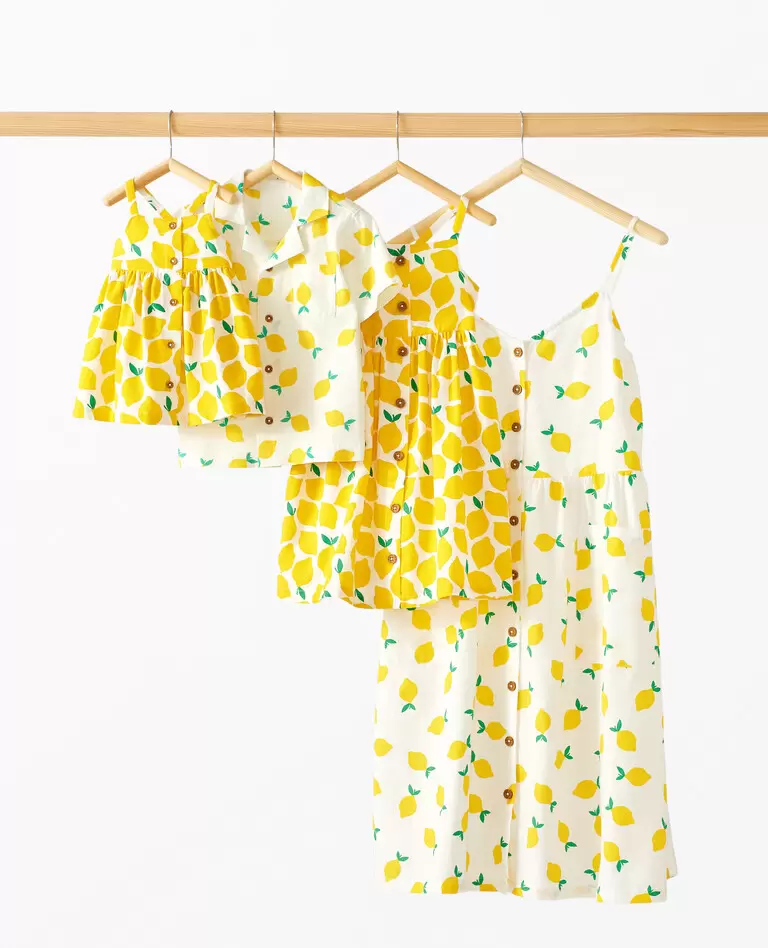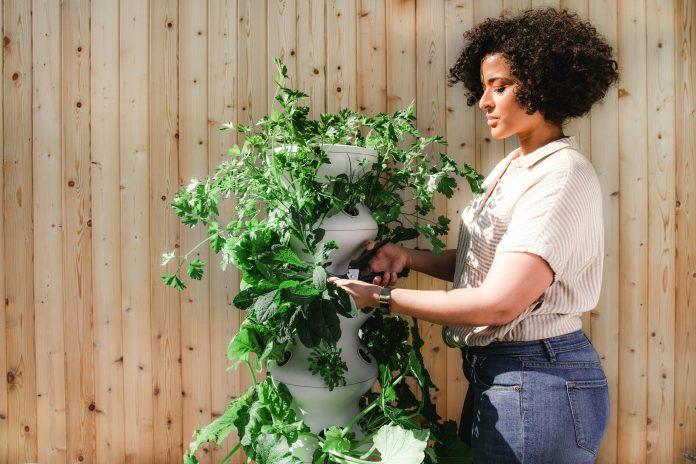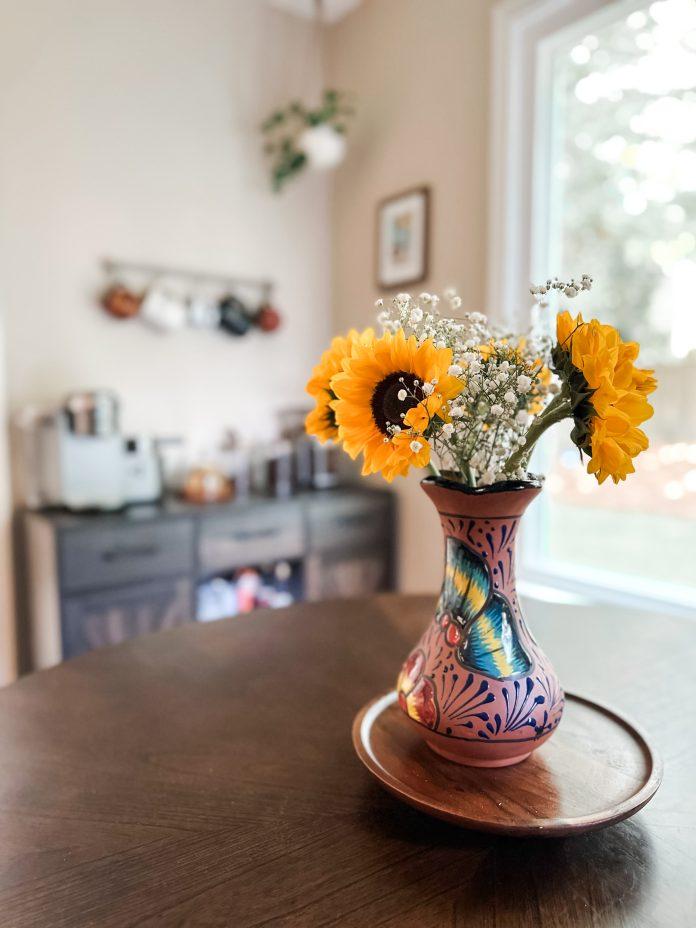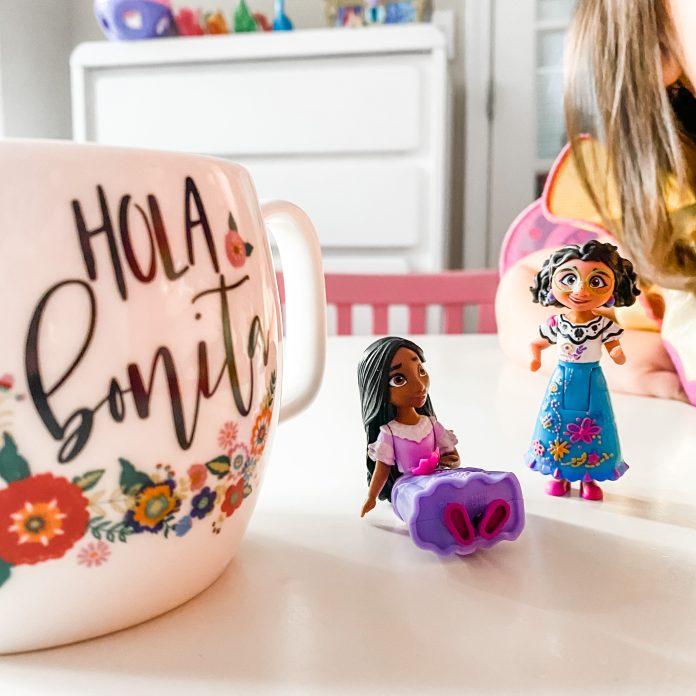“Is that an old song, mama?” My little one asked me one day as I sang her to sleep. “Yes, Tata [my father] taught it to me when I was little.”
“Will you tell me about it tomorrow?” She yawned as she closed her eyes. As she drifted to sleep, I thought of the first times I heard that song. I could feel myself sitting in a small church down a dirt road as my dad played his black guitar while singing the song that is now ingrained in my mind. For my daughter, that memory would just be a story but for me it was history.
Stories like that are all around us aren’t they? In the midst of our busy schedules and everyday life, we sometimes forget to retell those stories or feel we need to wait for the “right” moment to share them with our children. But those stories that come from our families over the years hold more than just old memories; they are what weave together the members of our family shaping our identities and strengthening our bonds.
Importance of Family Storytelling
Research has proven that when we share our family stories there are long-lasting impacts for our children. A study highlighted by the University of Nevada, Reno, emphasizes that family stories provide not just a glimpse into the past but also a sense of continuity and belonging for children. When parents share these tales, children perceive their family as stronger, experience higher self-esteem, and exhibit resilience in the face of stress. Family storytelling isn’t merely entertainment; it’s a cornerstone of emotional intelligence and resilience.
Studies also show that when parents use more details and emotions when talking about past everyday events, called elaborative reminiscing, with their preschool-aged children, the children told more detailed narratives one to two years later. These children also demonstrated a better understanding of other people’s thoughts and emotions.
The benefits of storytelling extend beyond emotional well-being. Language and literacy skills flourish when family stories are used. As children listen to stories of older generations, they begin grasping the cadence of language, process story structures, and expand their vocabulary. The simple act of recounting tales from childhood fosters communication skills and ignites a love for reading. Through storytelling, parents become the architects of their children’s linguistic development, guiding them through the world of words and imagination.
Tips for Storytelling Within Our Homes
The magic of face-to-face storytelling will never pass away, but at times we may need some ideas on how to incorporate it into our day-to-day lives. Here are a few tips to encourage storytelling:
- Be intentional with the human connection and how you tell stories. Use time around the dinner table to share a story or switch out your bedtime book for a snuggle and storytelling session
- Encourage children to share their own stories. By sparking their creativity they themselves will be strengthening family bonds.
- Use photographs to heirlooms. Every artifact holds a story waiting to be told—a story that binds us to our past and shapes our future.
Traditional Storytelling in a Digital World
But how can families harness the power of storytelling in a digital age? Enter StoryKasa, a bridge between tradition and technology. With the marvels of digital recording, families can immortalize their stories, preserving them for future generations. Whether it’s abuela’s tales of adventure or Dad’s childhood mischief, these recordings serve as heirlooms of the heart, passed down like treasured artifacts. Through StoryKasa, families can transcend time and space, sharing their narratives across distances and generations.
Right now, all Latina Mom Collective readers can receive a 3-month Premium subscription to StoryKasa.. Use code: TEQWUOZY after creating a free account to upgrade to the Premium experience.
Let us embrace the legacy of family storytelling, for within these stories lie the keys to our past, the wisdom of our ancestors, and the promise of our tomorrows. Let us listen, let us share, and let us weave the threads of our family tales into a tapestry of love, resilience, and belonging.
While this post is part of a series that has been sponsored by StoryKasa, all opinions, thoughts and research is shared in truth by the Latina Mom Collective Editorial Board.
